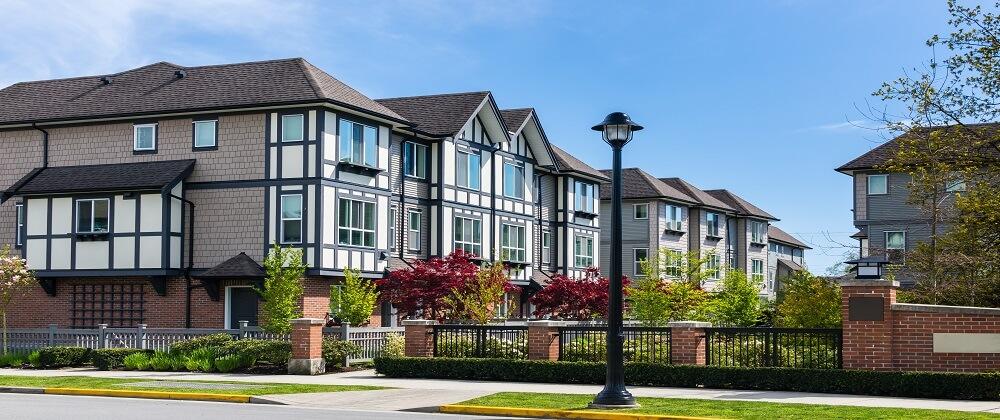
What’s Inside a Multi Family Real Estate Investment?
By: ROS Team
When most people consider investing in multi family properties. They buy a multi-unit building and rent the units to generate revenue. This is absolutely a good way, but being a landlord isn’t necessarily for everyone.
There are ways to put your investment funds into multifamily real estate. The ideal solution for you will rely on factors like the length of your investment, your available capital, your risk appetite. The amount of income you expect to generate from your multifamily investment.
Here is a clear guide on multi-family properties investments and the investment techniques for multi-family groups. That you should consider that will help you decide which technique is best for you.
MultiFamily Properties Investment
Leasing real estate property is an investor’s favorite investment strategy. Similarly, most also enjoy slow but consistent appreciation of the value of their investment portfolios. With residential property, there are two primary categories of investment properties: single-family and multi-family.

As the name implies, single-family properties are rentals in which only one set of tenants can rent at a time. Multi-family properties, on the other hand, can accommodate more tenants simultaneously. The most popular type of multi-family property is an apartment complex.
Techniques in Multi Family Investing
1. Easier to Finance
In most circumstances, if not all, it costs more to buy an apartment complex than to purchase a single family home as an investment property. An investor could be charged only $30,000 for a one-unit rental. While the price of a multi-family building could be in the millions.

At first, you’ll probably notice that it’s much easier to secure credit or a loan for a single-family property. Still, loans for single family properties are more likely to be authorized by a bank for a loan than a multi-family home.
This is because investing in multifamily properties provides a large cash flow every month. This continues whether a property is almost full or if tenants are late paying their monthly rent. For instance, a tenant who moves out of a single family home renders the investment property 100% vacant.
On the other hand, this same scenario in a 10-unit property would only render it 10% vacant. Therefore, this is a lower-risk investment for a lender and could result in a more competitive interest rate for the property owner.
2. Portfolio Growth Takes Less Time
Multi family real estate investments are also ideal for investors who want to develop a significant rental unit portfolio. Acquiring a 20-unit apartment complex is more accessible and far more time-efficient than buying 20 single family houses.
With the latter option, you would need to coordinate with 20 different sellers and have 20 residences inspected before the deal could be finalized.
Moreover, in other situations, an investor would need to apply for 20 different loans for each property. All this hassle could be avoided if a 20-unit building is purchased instead.
3. You Understand Property Management
Some real estate investors may not appreciate property management and use a property management company instead to manage day-to-day rental activities such as screening tenants, collecting rental payments, and providing general property maintenance oversight.

A property manager often charges the property owner a portion of the monthly income generated by a property. Many investors who own one or two single family homes are not able to afford a property manager given their modest portfolio.
Every month, the amount of money generated by multi family properties enables the owners the benefit of contracting with companies for services like property management without reducing their margins.
What’s Best For You?
There is no one-size-fits-all strategy here. Your decision of whether or not to buy a multi family home depends on factors that are unique to each person. But here are some that you may want to consider:
Available Capital:
It is wise to plan to buy a multi family property to reduce the purchase price by at least 20% and overestimate your closing costs and reserve requirements. Crowdfunded real estate investment tends to cost at least $25,000 or more, but I saw lower estimates. And REIT investments can be performed simply by purchasing one share of the enterprise.
Liquidity:
If you choose, you can sell a multi-family property, but it may take a couple of months before you receive a reasonable offer. On the other hand, you can sell REITs with the simple touch of a button.
Your Desired Level of Participation:
Even if you hire a property manager to handle the daily operations of your multifamily property. It is fair to say that your commitment to this option takes considerable time. Especially in the shopping and purchasing phase. Meanwhile, risk tolerance and revenue requirements are essentially passive ways of investing in multi-family properties.
Risk Tolerance:
In general, crowdfunding carries many risks such as fraud, doubtful returns, and mediocre investments whereas other activities are often intended to generate consistent earnings and constant appreciation.
Revenue Requirements:
Consider your revenue investment if you plan on basing any part of your decision on how much money you can generate. For example, many crowdfunded investments don’t generate immediate earnings. Therefore it is vital to choose a multi family investment if you require revenues.
Conclusion
Just like playing the stock market, investing in multi family properties allows you to succeed using several different techniques.
In short, the best strategy is to decide where you stand financially and in terms of available time. Then determine whether multi-family investments are best for you. There are plenty of advantages that come with owning multifamily real estate. These advantages include the speed at which you can get approved for financing and being able to generate the revenue to pay for outside services like hiring a property manager.








